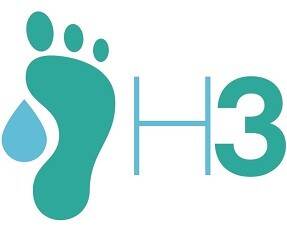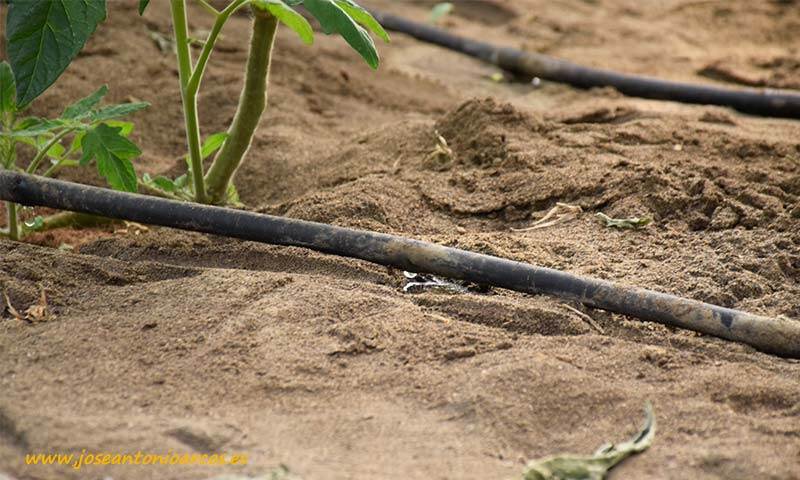New water footprint certification for agricultural production in Spain
The H3+ certificate guarantees that the grower is performing an excellent management of the crop's irrigation needs. Growers receive the Water Footprint of each of their products using a methodology backed by the research project "Precision agriculture as a competitive advantage in the fruit and vegetable sector"

The calculation and certification of the Water Footprint of agricultural production is already a reality through the H3 certification scheme. Through the certification of this protocol, growers receive a certificate indicating the Water Footprint of each of their crops, using a methodology that is backed by a two-year research project called "Precision Agriculture as a Competitive Advantage of the Fruit and Vegetable Sector" in which COEXPHAL, Proyecta Ingenio, Wise Irrisystem and Grupo Caparrós have participated.
The result is a water footprint calculation methodology, which can be certified and adapted to agricultural production, providing producers and customers with reliable and high value.
Water Footprint certification serves to demonstrate to customers the growers’ commitment to environmental sustainability, ensuring efficient use of water resources throughout the production process.
In addition, this certification provides growers the possibility of going further by offering the tools and methodologies necessary to optimize the amount of water as much as possible, so that agricultural production becomes more sustainable.
Farmers who choose to certify the implementation of these tools and methodologies will obtain, in addition to the Water Footprint certificate, the H3+ certificate which guarantees that the producer is carrying out excellent management of the crops' irrigation needs.

Water in Almería
Over the years, the supply of water in Almería has increased with alternatives such as the use of wastewater (for the recharge of aquifers or its direct use, once treated), as well as the use of desalination plants, reservoirs and recycling. In addition, planned techniques have been introduced to diminish the resource consumption: sanding, which reduces salinity and alkalinity and has a high capacity for retaining humidity, reducing the average consumption of water per unit of surface area; and on the other hand, drip irrigation, which produces few losses of water through runoff and optimum location of the water.
In recent years, these techniques have been incorporating more technology, allowing high frequency localized irrigation, computer control and the application of sensors to the crops. In addition, they are combined with others such as the use of plastic mulches, the development of soilless crops, or the use of structures with rainwater harvesting systems, already present in up to 80% of greenhouses.
This efficiency in the use of water in Almería is shown by the fact the it has a depreciable water footprint, the water footprint being understood as the total volume of water used to produce the goods and services consumed by an individual, group of people or a country. Furthermore, Almería consumes half the water of the average of the rest of Spanish agriculture, with a water footprint up to 20 times smaller.
The H3+ certificate guarantees this reality and that the producer is carrying out an excellent management of the irrigation needs of the crops.
Source: fhalmeria.com